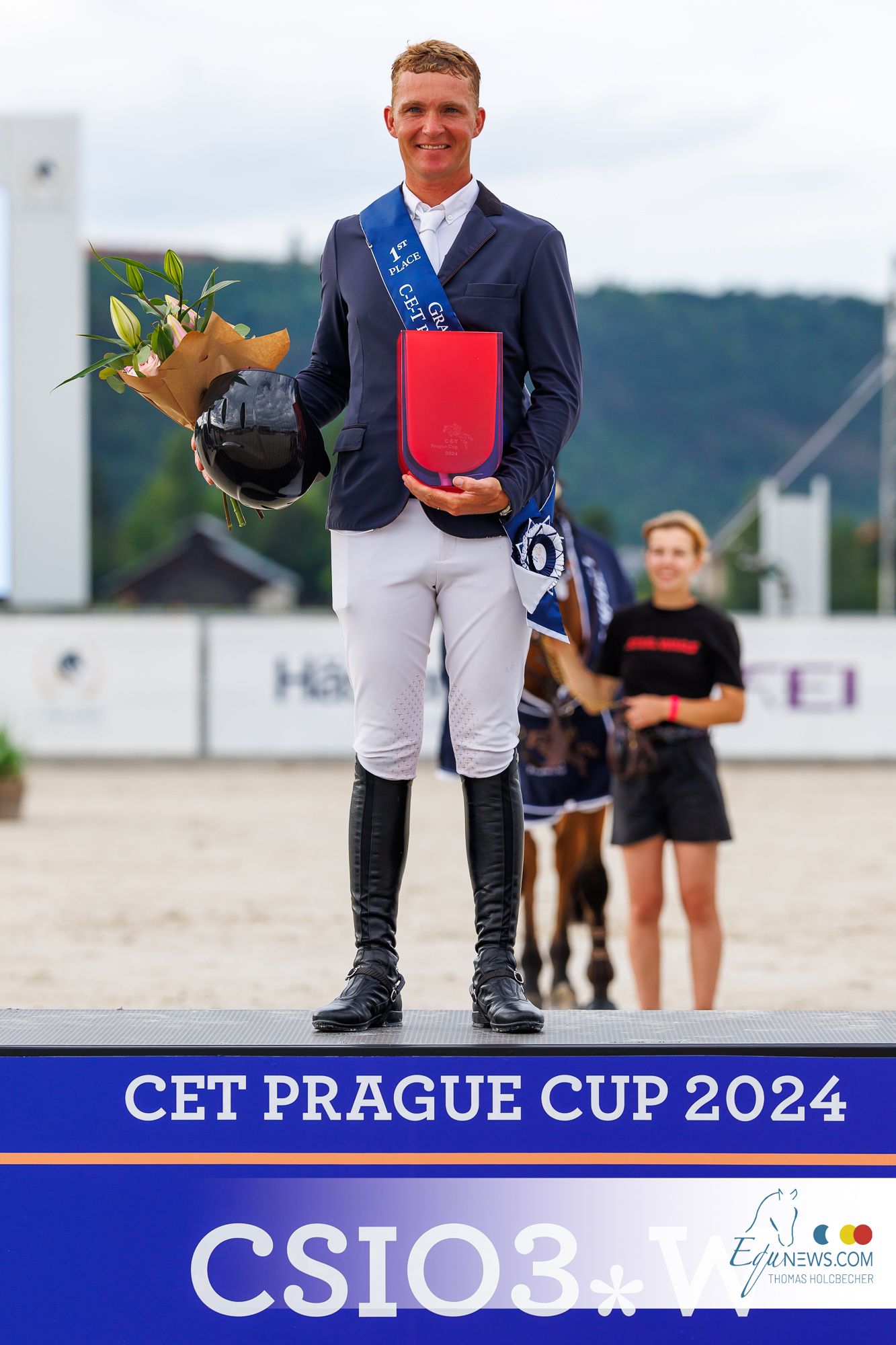Today the first leg of the FEI World Cup finals will take place. Important to know how it works, where you earn the points and what you should watch for. The final is ridden over 3 days of competition; Friday, Saturday and Monday. The first part of the final, will be a table C competition ridden over a 1.50 course. On Saturday the riders will compete in a Table A competition set between 1.50-1.60 meters. The class will be Against the clock and ridden as a Grand Prix class with a jump- off. In the first two competitions held on Friday and Saturday, points are given to all riders having finished the initial round. The winner of Friday & Saturday's competition gets one point more than the number of starters in the first final competition. The second placed gets two points less than the winner, the third placed three points less than the winner, and so on. After the second competition points are transformed into penalties. The rider with the highest number of points after two competitions will have 0 penalties. For all other riders the number of penalties will be calculated by multiplying with the coefficient of 0.50 the difference between their number of points and the points of the leading rider after two competitions. Monday's Final competition will be a Table A competition set over two rounds. This Grand Prix-like event will be set between 1.50-1.60 meters. The 30 best placed riders from the provisional classification following the second competition are qualified to compete in the first round of the third competition. The 20 best placed riders following the first round are eligible for the second round of the third competition Riders with a clear score in the first round are allowed to start in the second round, even if their total score does not bring them into the top 20 riders allowed for the second round. However, they will compete only for the classification and prize money of the competition itself, and their score in the second round will not be taken into consideration when calculating their position in the final overall ranking of the FEI World Cup Final. The winner of the Longines FEI World Cup Jumping Final 2014 is the rider that after all rounds has the least amount of penalties. If two or more riders should have the same amount of penalties, there will be a jump-off for the 2013/14 World Cup Finals title. © equnews/ Noelle Floyd
The rules for the FEI World Cup Final
-
categories: Showjumping , international



